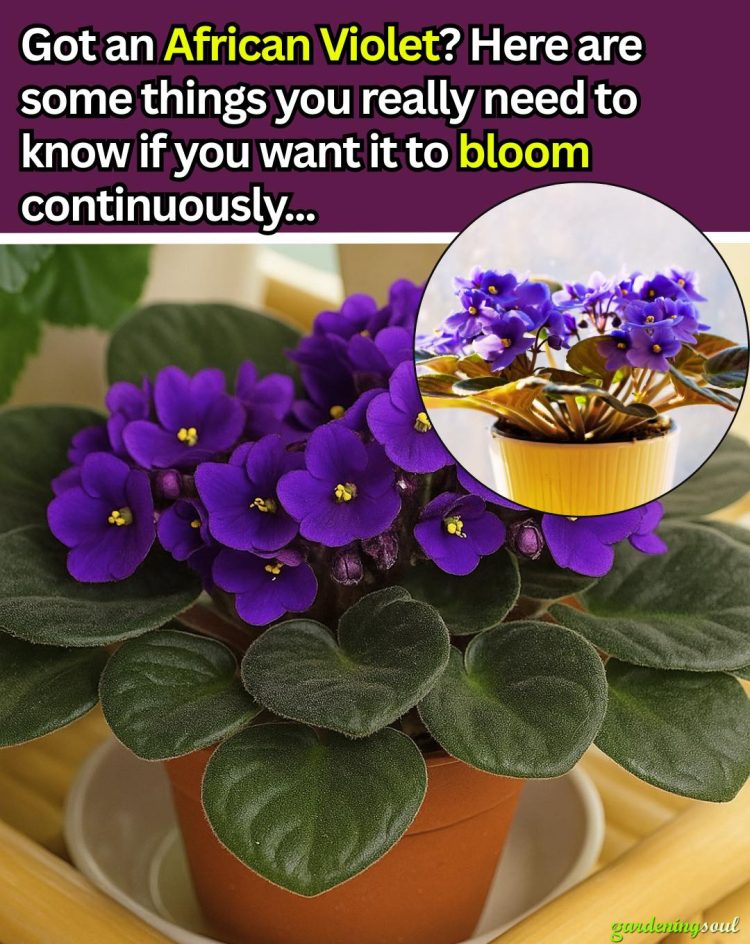2. Water Correctly – and Avoid the Biggest Mistakes
Overwatering is the most common cause of African violet problems, including lack of blooms. Yet, underwatering can also stress the plant.
The Right Way to Water
Soil moisture: Keep soil lightly moist but never soggy.
Water when the top inch feels dry, or the pot feels slightly light when lifted.
Use room-temperature water – cold water can cause leaf spots.
How to Water African Violets
Top Watering:
Pour water gently onto the soil surface, avoiding the leaves.
Empty saucers after 15–20 minutes to prevent root rot.
Bottom Watering:
Place the pot in a shallow tray of water.
Let it absorb moisture for 30 minutes.
Discard any excess water.
Important: Avoid splashing water on leaves, which can cause spotting or crown rot.
3. Feed Your African Violet Properly
African violets are heavy feeders during blooming cycles. Without regular fertilizer, they may produce leaves but no flowers.
Best Fertilizer for African Violets
Use a balanced formula such as 20-20-20 or one specifically for African violets.
Look for fertilizers labeled “bloom booster” with higher phosphorus (middle number).
Feeding Schedule
Fertilize every 2–4 weeks during active growth.
Dilute fertilizer to ¼ or ½ strength to prevent salt buildup.
Reduce feeding in winter if growth slows.
Signs of Nutrient Deficiency
No blooms despite healthy leaves.
Pale or yellowish new leaves.
Slowed growth.
Tip: Occasionally flush the soil with plain water to prevent fertilizer salt accumulation.
4. Maintain Ideal Temperatures
Temperature extremes can halt blooming.
African violets prefer 65–75°F (18–24°C).
Avoid drafts, heaters, or cold windowsills.
Sudden temperature drops below 60°F (15°C) can cause leaf damage and flower loss.
5. Keep Humidity Levels High
African violets hail from humid environments. Dry air can discourage flowering.
Boost Humidity
Group plants together to create a humid microclimate.
Use a room humidifier.
Place the pot on a pebble tray filled with water (keep pot base above water level).
Ideal humidity: 40–60%.
Avoid misting leaves directly, which may cause spotting.
6. Repot Regularly to Refresh Soil
see continuation on next page
